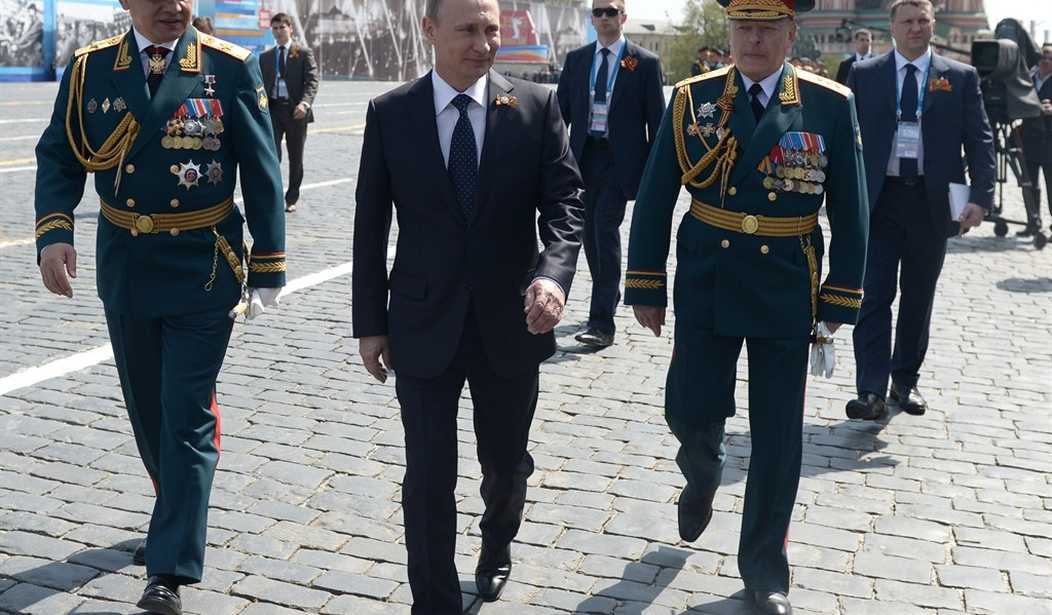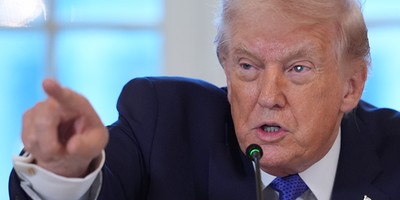Former Secretary of State and Chairman of the Joint Chiefs of Staff General Colin Powell is fond of reminiscing about his service in the Fulda Gap – a series of passes through the hills 60 miles northeast of Frankfurtand once considered as a likely invasion route into Western Europe for Soviet Bloc forces: “I was just a 21-year-old second lieutenant out of New York…. When the balloon went up, my job was to race to our positions at the Fulda Gap and beat the crap out of the Russians as they came through…. In 1986, I was promoted to Lieutenant General and given command of the 5th Corps in Germany. I was back at the same Fulda Gap, except now I had 75,000 soldiers under my command and not 40. The mission remained unchanged for more than three decades: don’t let the Russian army come through.”
Much has changed in the thirty-two years since General Powell served in West Germany. Germany is unified and U.S. forces there number 35,000, not the 250,000 of 1986. The Soviet Union is no more, and its East European satellites are now NATO members. The U.S. military presence in Europe has declined from a peacetime presence of 340,000 in 1989 to 63,000 in 2014. In 1991, the West German armed forces fielded ten divisions and more than 5,000 tanks. Currently, Germany deploys only five brigades with a total of 320 tanks. In 1991, the British Army fielded three armored divisions with more than 1,300 tanks, as compared to five brigades and 225 tanks today. According to a 2017 RAND report, “Nowhere is the gap between U.S. security commitments and regional posture more pronounced than in Europe.”
What has not changed is that Russia remains the principal threat to America and its allies, as articulated by Secretary of Defense James Mattis. In 2017, the Defense Intelligence Agency assessed that Russia’s ten-year rearmament budget of 1.1 trillion rubles would produce a Russian military with 70% new or modernized equipment by 2020. “The Russian military today is on the rise—not as the same Soviet force that faced the West in the Cold War, … but as a smaller, more mobile, balanced force rapidly becoming capable of conducting the full range of modern warfare,” the report concluded.
Recommended
More importantly, Russia has undertaken a massive military build-up in the Western Military District, which borders Norway, Finland, Poland, Estonia, Latvia and Lithuania. Since 2016, it has established more than 70 formations and military units, including two divisions and three brigades. Its troops in the district have received some 5,000 units of new and overhauled weapons and equipment, raising the ratio of deployed new gear from 39 to 54 percent. By the end of 2018, more than 350 new facilities are to be put into operation in in the district.
There should be no doubt that Russia is willing and able to use this force. Over the past ten years, it has invaded Georgia and Ukraine; annexed Crimea; threatened NATO allies; and intervened militarily in Syria.
The United States and its NATO allies are heatedly debating how to respond to the looming threat from Russia. President Trump is seriously considering a request from Poland to base an armored division there as a deterrent. Critics, including senior Pentagon officials, have raised a host of objections: it would be too expensive, provocative and vulnerable to attack; NATO allies are not on board; there are not enough U.S. troops; expansion of existing facilities would be preferable.
As a U.S. diplomat with the Department of State from 1989 to 2011, I played a supporting role in assisting the largest deployments of U.S. military force since the Korean War: Operation Desert Storm (1990) and Operation Enduring Freedom (2001). This experience taught me two enduring lessons: we did not have sufficient forces pre-positioned to deter and fight aggression; and we need strong regional partners as allies. As a result of these lessons, the United States today has a robust and effective armed presence that is capable of “fighting tonight” – to use a favorite Pentagon term – in Kuwait, Bahrain, the United Arab Emirates, Qatar and Oman.
The United States and NATO cannot remain complacent in the face of the iron law of geography. Our present force posture is anachronistic and must reflect contemporary reality. The Fulda Gap is no longer our front line of defense. Rather, it lies 1200 miles to the east, at the Russo-Baltic border. Military planners are trained to prepare for the worst-case scenario. If the “balloon goes up” in Europe, America and its allies currently have neither the time nor capability to move sufficient force into the theater. Poland’s offer to help us reinforce the Suwalki Gap is an idea whose time has come.

























Join the conversation as a VIP Member